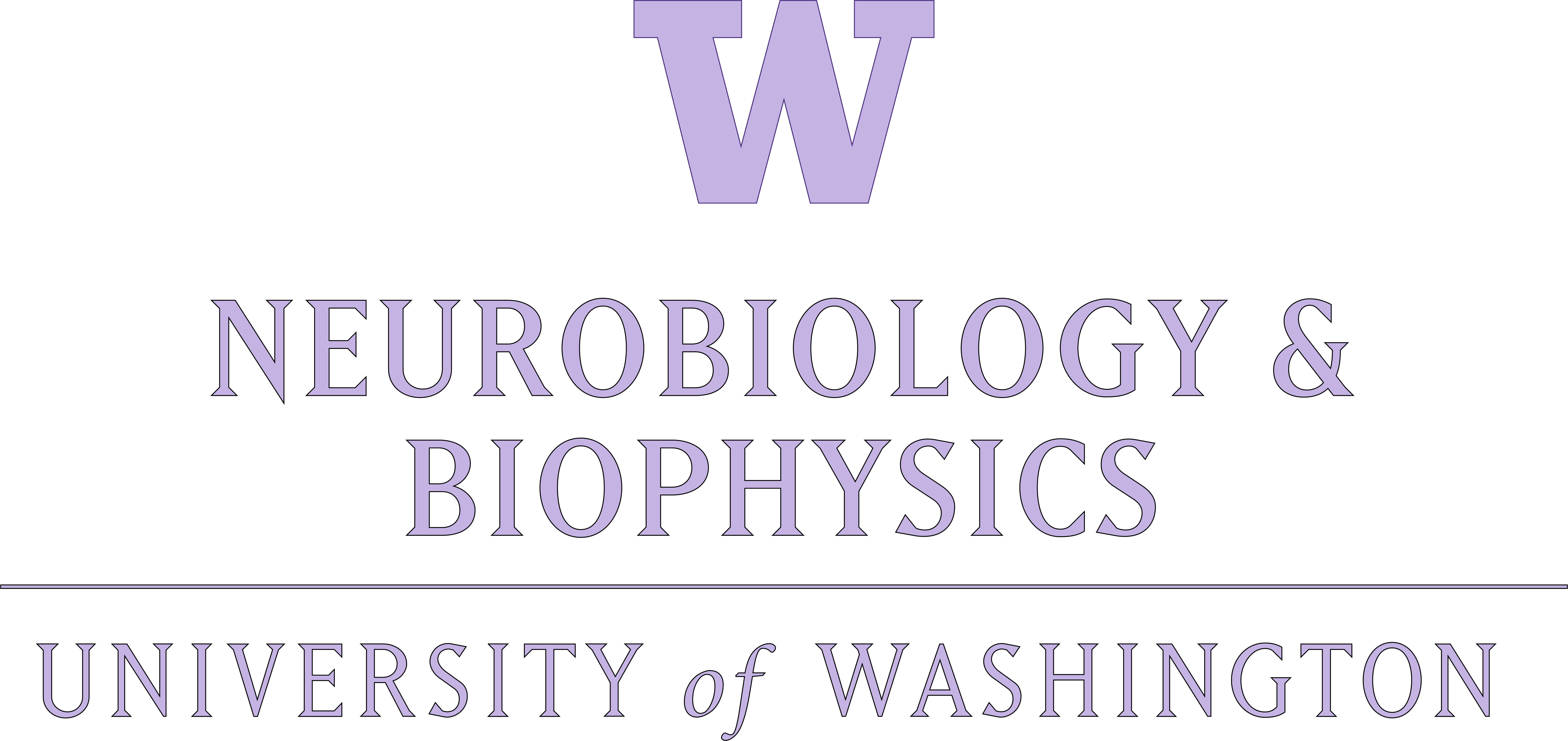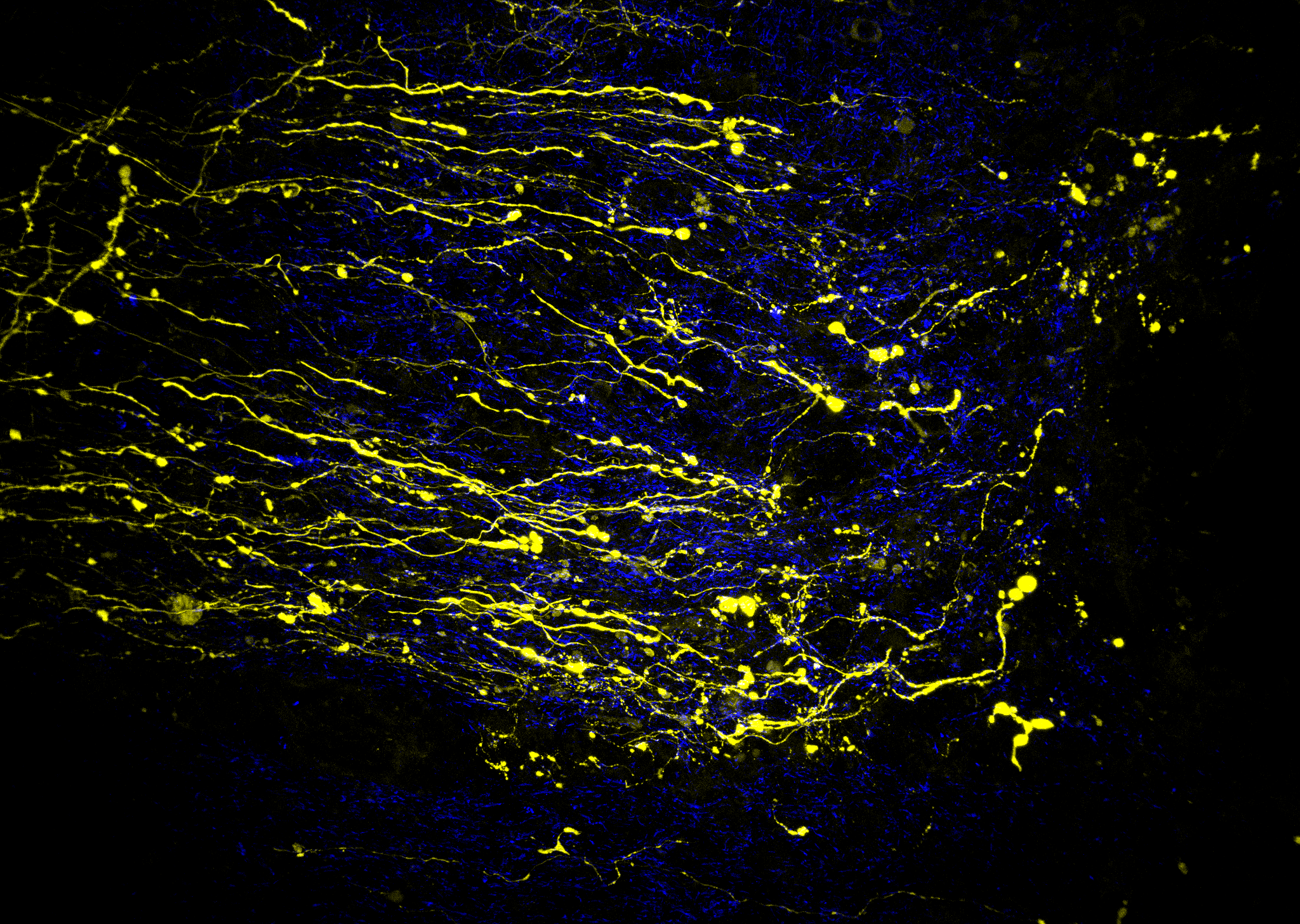Mitra Heshmati, MD, PhD
Mechanisms of emergence from general anesthesia; Neural circuitry of stress, arousal, and delirium
Our goal is to develop a comprehensive cell-type and circuit-specific understanding of anesthesia-induced brain plasticity to better inform translational approaches to expediting emergence from general anesthesia and mitigating postanesthetic agitation and delirium. We currently investigate the effects of general anesthesia on brain circuitry during anesthesia state transitions using brain clearing and whole brain imaging with light sheet microscopy, an approach that enables a single cell resolution snapshot of activity in circuits across the whole rodent brain. We then take advantage of genetically targeted biosensor imaging to interrogate the population activity of neurons within identified anesthesia-activated circuits during emergence. Using knockdown and overexpression of specific genes of interest within specified neural circuits, we examine the effects of targeted genetic manipulations on population activity and whole brain network connectivity under anesthesia and during emergence. We also use established preclinical models of social behavior and stress to investigate postanesthetic agitation and delirium across the lifespan. We plan to initiate parallel translational investigations in humans as our studies move toward identifying putative mechanistic targets to improve the experience of general anesthesia for patients.
Historical and Modern Evidence for the Role of Reward Circuitry in Emergence. M Heshmati, MR Bruchas, Anesthesiology 136 (6), 997-1014


